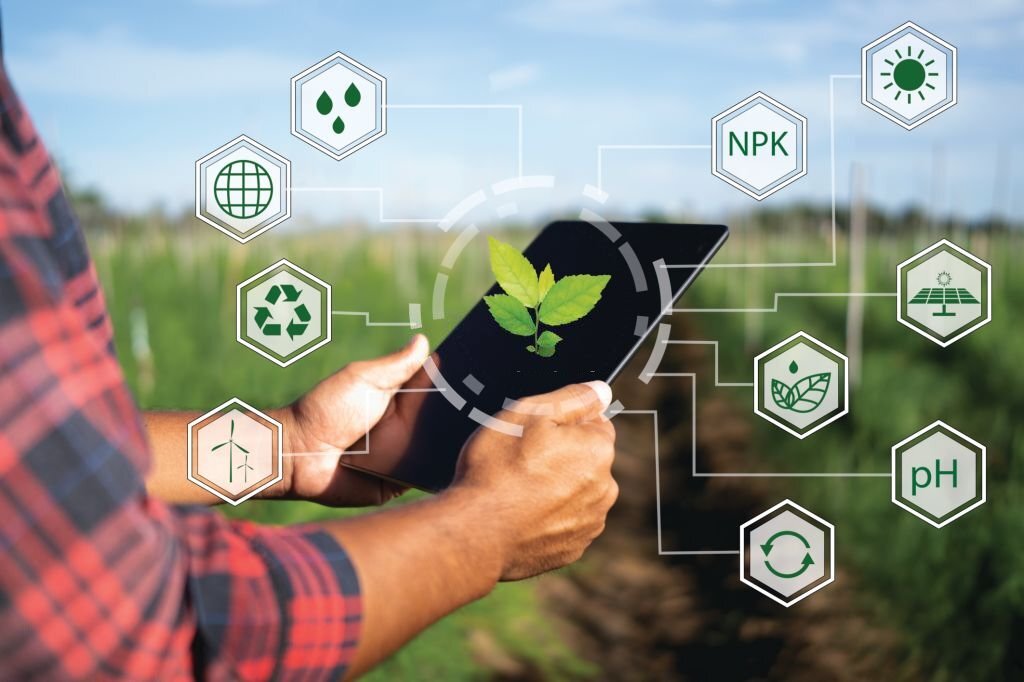Our AI services for agriculture clients aim to develop innovative solutions that leverage advanced technologies to optimize farm operations, improve productivity, and enhance sustainability. We work closely with agricultural businesses to create tailored AI applications that address their specific needs and challenges, whether it’s crop management, livestock monitoring, or soil health analysis.
Machine Learning
IOT
Cloud



We collected historical data on crop yields, weather patterns, soil moisture levels, and other relevant agricultural factors from various sources, including satellite imagery, IoT sensors, and agricultural databases.
The data underwent preprocessing to clean and standardize it, including handling missing values, normalization, and feature engineering.

The predictive models were evaluated using metrics such as Mean Absolute Error (MAE), Root Mean Squared Error (RMSE), and R-squared to assess their accuracy and performance.
Hyperparameter tuning and cross-validation techniques were employed to optimize model performance and generalization.
By perfect tuning our model get optimized.

The developed predictive models demonstrated high accuracy in forecasting crop yields across different regions and crop types.
Farmers could use the AI-powered platform to make informed decisions regarding crop planning, resource allocation, and risk management, leading to increased productivity and profitability.
The solution helped optimize resource usage, reduce environmental impact, and enhance sustainability in agriculture.

Machine learning algorithms such as Random Forest, Gradient Boosting, and Neural Networks were employed to develop predictive models.
Historical data was divided into training and validation sets for model training and evaluation.
Various features such as weather parameters (temperature, precipitation, humidity), soil characteristics (pH, nutrien

The trained models were deployed as a web-based application or API that farmers could access from their smartphones or computers.
Integration with existing agricultural technologies and platforms such as farm management software and IoT devices allowed seamless data exchange and real-time updates.
The outcome was a brand-new picture called “The Next Rembrandt,” which perfectly encapsulated Rembrandt’s aesthetic. Even though it is important to note that this artwork is not a genuine Rembrandt creation, it showed the ability of generative AI in imitating creative trends and producing new works that looked like the works of well-known painters.

Order a free consultation – our experts will select the most effective solution

Copyright © 2023 Newsoft Sage | Powered by Softrobo
PRIVACY POLICY| SITEMAP
Copyright © 2023 Newsoft Sage | Powered by Softrobo